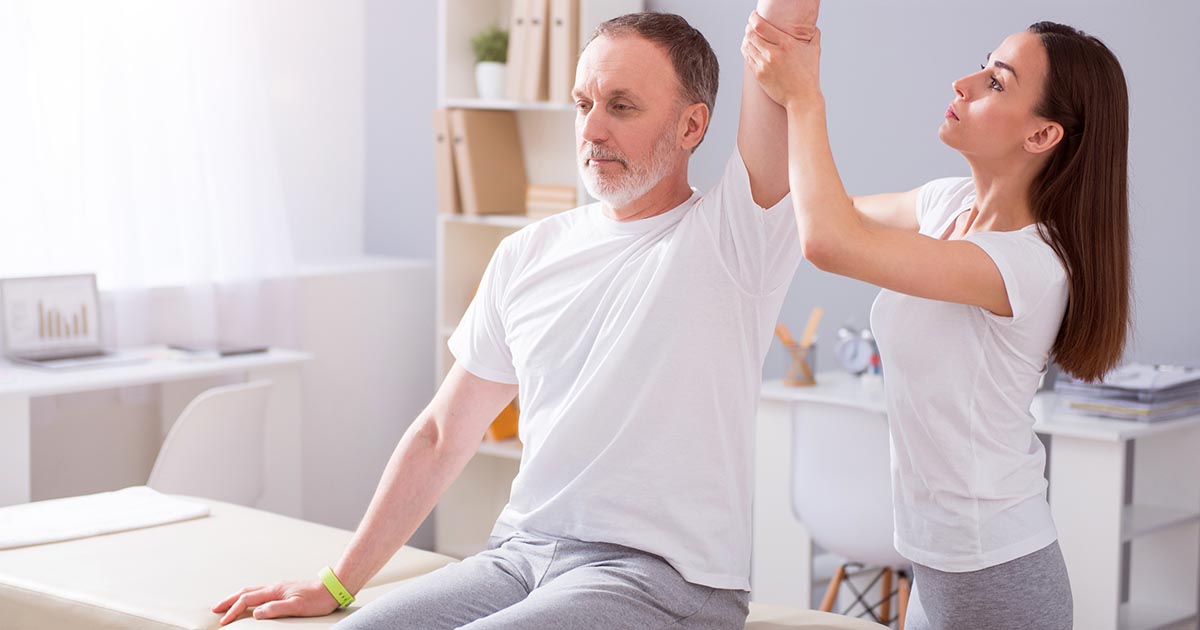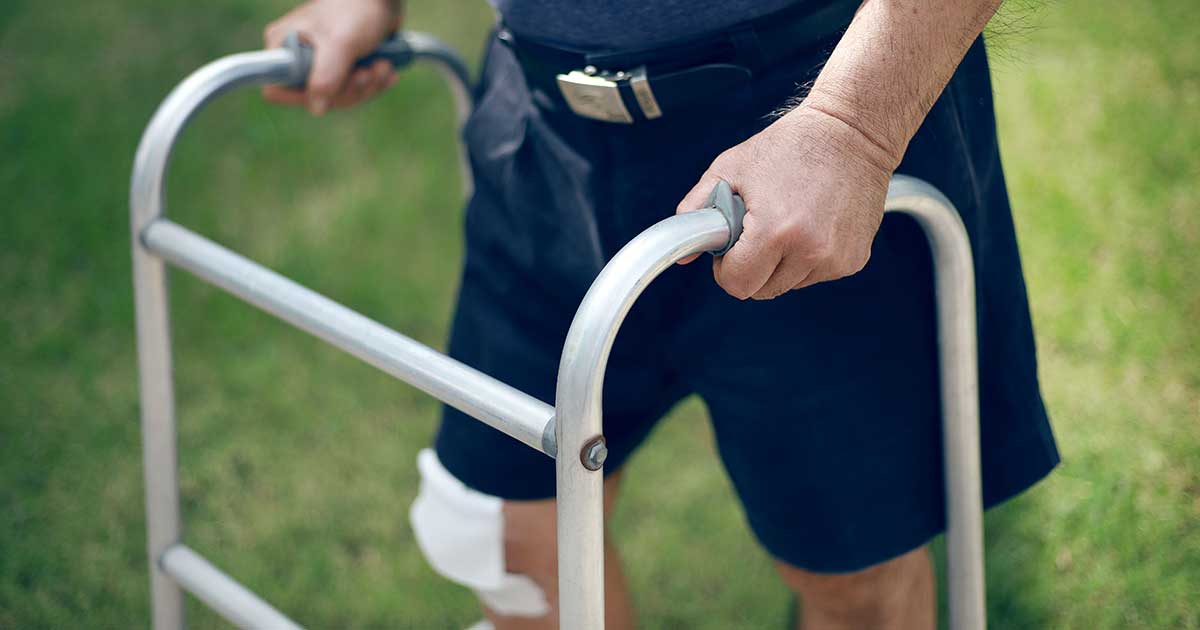Strong Options For Treating Osteoarthritis
Osteoarthritis, the most common form of arthritis, is mainly a result of the aging process everyone goes through. At the ends of bones are pieces of cartilage that help protect the bone from rubbing on other bones. Over time, the cartilage begins to be worn down, which allows the bones in a joint to begin rubbing against one another. Osteoarthritis can damage any joint in the body, but it is most common in the most flexible joints like the hands, spine, hips, and knees. Osteoarthritis commonly causes pain in the joints it damages, and this is usually the symptom that gets individuals to visit a doctor. From there, the doctor will recommend a treatment that best suits the individual patient.Get familiar with some of the typical options now.
Physical And Occupational Therapy

In treating osteoarthritis, physical and occupational therapy each take on a huge role to help patients. Physical therapy is important in teaching individuals how to relieve pain without damaging the joints more and with fewer medications. Physical therapy will focus on improving a patient's range of motion so they can continue to keep up their daily lives. Physical therapists teach patients a diverse range of exercises that help increase muscle strength around the affected joint, which increases stability and decreases pain. Occupational has the same overall goal as physical therapy but with a slightly different focus. Occupational therapy aims to help improve activities of daily living by teaching the patient ways to alter the home and workplace so they are less irritating to the damaged joint. Occupational therapy may also provide assistive devices.
Joint Replacement

In some cases, osteoarthritis can become incredibly painful for the patient suffering from it. After a while, a doctor may determine other treatment options are no longer appropriate for the patient, and then may recommend joint replacement surgery. This surgery is very beneficial for patients with unbearable pain, patients who have only one severely affected joint, and patients who don't have other medical complications. Although the procedure used to have a much lower success rate, it has been increasing. This is attributable to two main reasons. One is artificial joints have been improved over the years. The other major reason is orthopedic surgeons have developed better and safer surgical techniques. Of course, despite improvements, there are still risks that come with any surgery, especially one as complex as joint replacement surgery. Typically, the patient will undergo physical therapy following the procedure.
